How to get it right: Roof truss "alterations" (or why not to cut your roof trusses!)
Article updated on 31 January 2024
Roof trusses offer a quick and efficient alternative to a conventional timber roof but they're quite delicate when not in their fully braced vertical position.
They work through a combination of tension and compression to ensure that the timber chords and web sizes can be kept to a minimum and keep costs down.
The central "W" shape is how most of the loads are distributed and this is where longitudinal and diagonal bracing is needed to reinforce the roof diaphragm.
So imagine the shock one of our building control surveyors had when he encountered this roof recently:
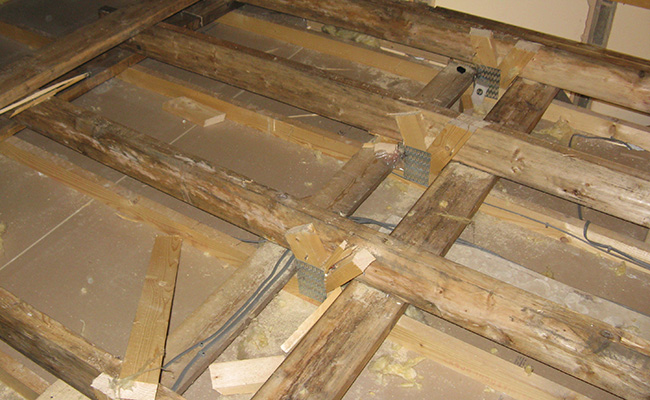
The owner had decided to carry out their own loft conversion for a bit more space and just removed the central web chords that were "getting in the way".
Once the web chords had been cut, instead of transferring all roof and wind loads to the wallplate they were taken down the internal walls. The owners called a builder in when they noticed cracking in the bedroom walls within days of the "alteration".
Trusses are always built with an upward camber so that once loaded they deflect about 6mm over time to become straight.
Without the internal walls, the calculated deflection would have been as much as 170mm but only whilst the gang nail truss connectors stayed in place.
So how was it fixed?
The roof tiles had to be taken off completely to allow the remedial work and the ceilings were propped down to the ground floor so that they could be retained in place while new trusses were inserted alongside, and bolted to the trimmed roof members.
The buildings insurance providers refused the home owner's claim leaving them with a very expensive repair bill and nothing to show for it...
If in doubt always contact your local building control team
Other building blunders we've come across...
- Basement work that avoids house collapse
- Removing a chimney the right way (with video showing the wrong way...)
- How not to carry out localised underpinning
View further 'How to get it right' articles for building tips and guidance
Please Note: Every care was taken to ensure the information was correct at the time of publication. Any written guidance provided does not replace the user’s professional judgement. It is the responsibility of the dutyholder or person carrying out the work to ensure compliance with relevant building regulations or applicable technical standards.
Sign up to the building bulletin newsletter
Over 48,000 construction professionals have already signed up for the LABC Building Bulletin.
Join them and receive useful tips, practical technical information and industry news by email once every 6 weeks.
Subscribe to the Building Bulletin
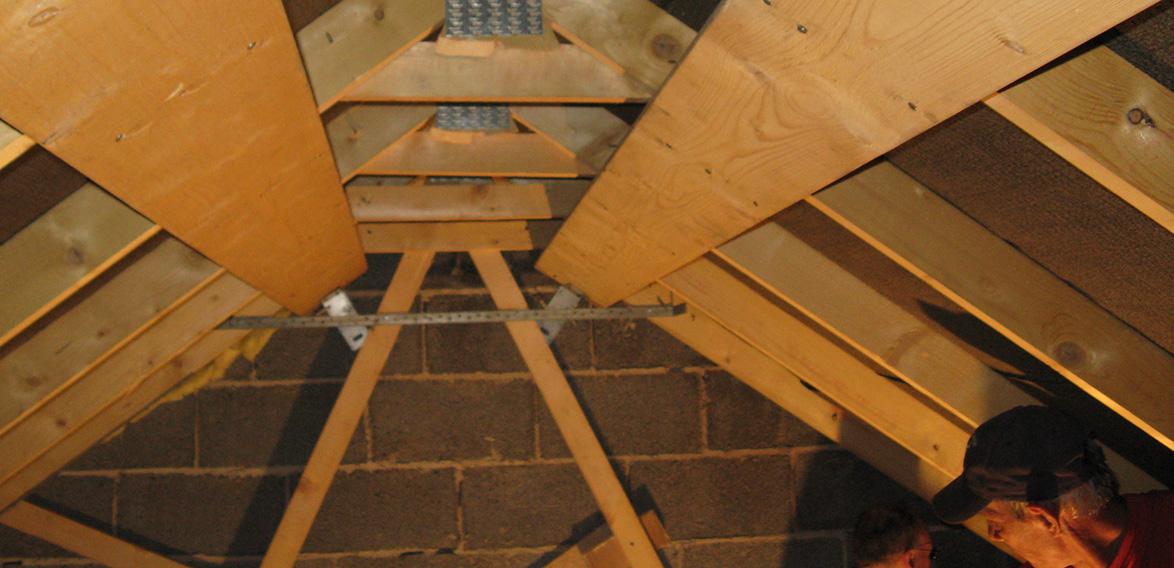
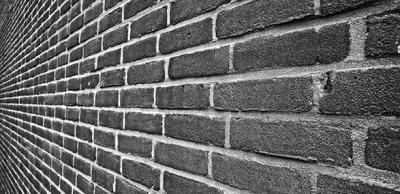

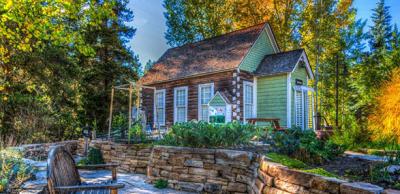
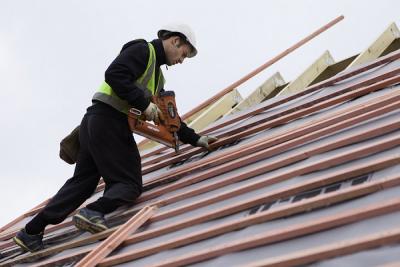
Comments
(No subject)
Submitted 7 years 4 months ago
(No subject)
Submitted 7 years 4 months ago
(No subject)
Submitted 7 years 4 months ago
(No subject)
Submitted 5 years 3 months ago
(No subject)
Submitted 7 years 4 months ago
My client walked away from the property so I don't know if and how it was ever remedied.
Do people really think that the builder would have installed timber that wasn't necessary?
(No subject)
Submitted 7 years 4 months ago
(No subject)
Submitted 7 years 4 months ago
Webmaster note
Submitted 7 years 4 months ago
Roof trusses
Submitted 7 years 3 months ago
We are buying a house that has had an extension on the side of the property the existing roof is made of timber so we have considered converting that to rooms. However the extended side is constructed of trusses. My question is can I use this for storage? And if so can I board it out? And how much weight would it take? Can you walk on there?
Sorry if I sound stupid lol but I have only been in old houses where the roofs are timber.
Reply
Submitted 7 years 3 months ago
Truss roofs should not be used for storage unless originally designed to do so. The seller may have the original details or calculations for the roof structure. The trusses will be O.K. to walk on but please do so with care as the timber is of small section and often difficult to access. Light items could be placed but boarding out is not recommended.
Regards,
John, LABC
Add new comment